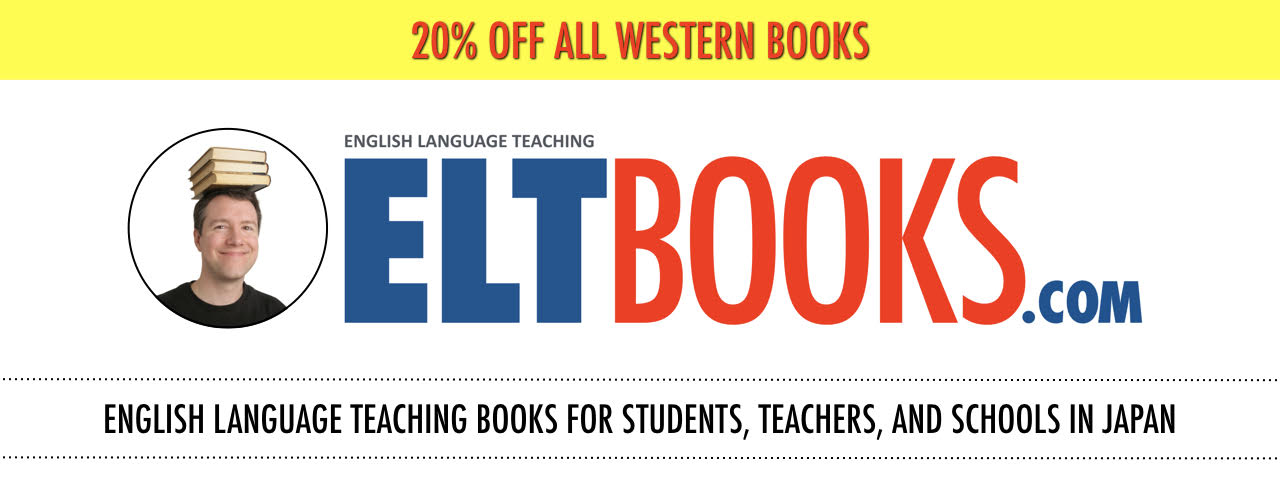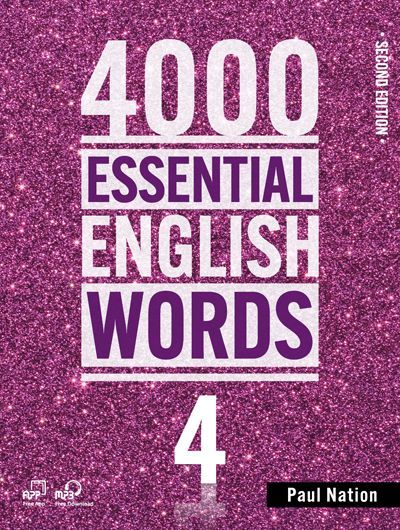Home >
Vocabulary Resources >
4000 Essential English Words (2nd Edition) >
Student Book with Student Digital Materials (Level 4)
4000 Essential English Words | Level 4
Student Book with Student Digital Materials
ISBN: 9781640151369
Course: 4000 Essential English Words (2nd Edition)
Student Book with Student Digital Materials (Level 4)
4000 Essential English Words (2nd Edition) Student Book with Student Digital Materials (Level 4) Media > Books > Non-Fiction > Education Books| Order Below |
ISBN
9781640151369 (10-digit ISBN: 1640151362)
- Series Description
- They are useful in both spoken and written English. No matter what English course a learner is studying, the words in these books will be of value.
- Each word in these books is a high-frequency word or mid-frequency word. This means that the effort invested in learning the words will not be wasted. Learners will have many chances to encounter or use them in their studies.
- As a whole, these books cover a large proportion of the words in any spoken or written text. They cover at least 80% of the words in newspapers and academic texts, and at least 90% of the words in novels. They also cover at least 90% of the words in conversation.
About the Vocabulary
The 600 words in each book of this series, along with the additional target words in the appendices found in the first three books of the series, include the most useful words in English. The books are based on the carefully researched BNC/COCA word frequency lists, which can be found on Paul Nation's website. Because of the way that they were chosen, these words have the following characteristics:
About the Books
The activities in these books are specially designed to make use of important learning conditions. The words are introduced using sentence definitions and an example sentence. The activities that follow in the units encourage learners to recall the meanings and forms of the words. Some activities also make the learners think about the meaning of the words in the context of a sentence -- a sentence which differs from the sentences that occured in the introduction of the words. Moreover, each unit ends with a story containing the target words. While reading the story, the learners have a chance to recall the meanings of the words and adapt them to the context of the story. Such activities help learners develop a better understanding of a common meaning for a given word that fits the different uses.
Images for each target word help learners visualize the wird as it is used in the example sentence. These word-image associations help students grasp the meaning of the word as well as recall the word later.
Book 1 assumes that the learner knows around 400 words of English and focuses on the remaining words in the first 1000, plus some from the second 1000.
Book 4 focuses primarily on the wirds in Averil Coxhead's well-known Academic Word List. This list of 570 wirds is particularly useful for learners of English as a foreign language who need to reed academic texts in English at secondary school or university level, and who need to speak, write, and listen to lecturers on academic topics in English.
Although many words have more than one grammatical form, this series focuses on the word's most common form. This is mentioned to remind learners that, just because a word is labeled and used as a noun in this series, does not mean that it can never be used in another form. This series has simply focused on the word in the form in which it is most likely to be used.
About the Vocabulary
The 600 words in each book of this series, along with the additional target words in the appendices found in the first three books of the series, include the most useful words in English. The books are based on the carefully researched BNC/COCA word frequency lists, which can be found on Paul Nation's website. Because of the way that they were chosen, these words have the following characteristics:
- They are useful in both spoken and written English. No matter what English course a learner is studying, the words in these books will be of value.
- Each word in these books is a high-frequency word or mid-frequency word. This means that the effort invested in learning the words will not be wasted. Learners will have many chances to encounter or use them in their studies.
- As a whole, these books cover a large proportion of the words in any spoken or written text. They cover at least 80% of the words in newspapers and academic texts, and at least 90% of the words in novels. They also cover at least 90% of the words in conversation.
About the Books
The activities in these books are specially designed to make use of important learning conditions. The words are introduced using sentence definitions and an example sentence. The activities that follow in the units encourage learners to recall the meanings and forms of the words. Some activities also make the learners think about the meaning of the words in the context of a sentence -- a sentence which differs from the sentences that occured in the introduction of the words. Moreover, each unit ends with a story containing the target words. While reading the story, the learners have a chance to recall the meanings of the words and adapt them to the context of the story. Such activities help learners develop a better understanding of a common meaning for a given word that fits the different uses.
Images for each target word help learners visualize the wird as it is used in the example sentence. These word-image associations help students grasp the meaning of the word as well as recall the word later.
Book 1 assumes that the learner knows around 400 words of English and focuses on the remaining words in the first 1000, plus some from the second 1000.
Book 4 focuses primarily on the wirds in Averil Coxhead's well-known Academic Word List. This list of 570 wirds is particularly useful for learners of English as a foreign language who need to reed academic texts in English at secondary school or university level, and who need to speak, write, and listen to lecturers on academic topics in English.
Although many words have more than one grammatical form, this series focuses on the word's most common form. This is mentioned to remind learners that, just because a word is labeled and used as a noun in this series, does not mean that it can never be used in another form. This series has simply focused on the word in the form in which it is most likely to be used.
EASY ORDER FORM
PRICES LISTED INCLUDE CONSUMPTION TAX
Price Before Tax:
¥2,600 ¥2,080 ∼ 20% OFF!


